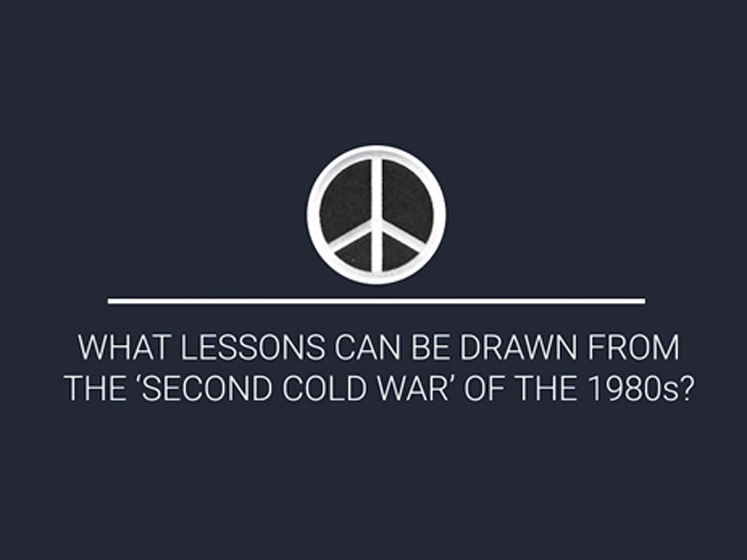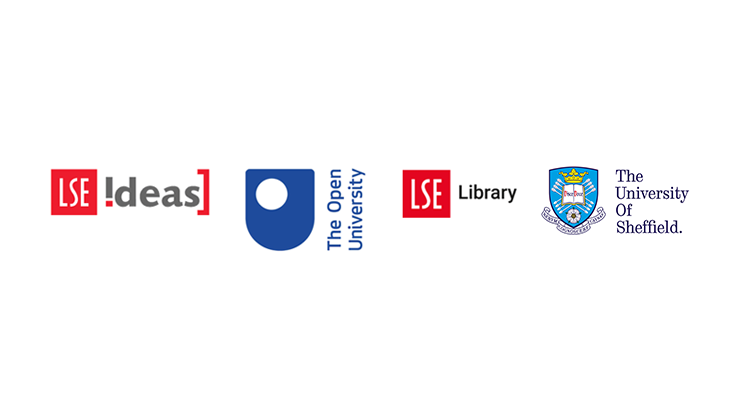In recent years, many commentators have suggested that we are descending into a ‘new Cold War’. Some suggest Russia’s increasingly strident foreign policy, exemplified by the annexation of Crimea in 2014, amount to a return to the kind of tensions between Moscow and the West that characterised the early 1980s. Others have instead argued that the People’s Republic of China constitutes a new superpower, and that its competition with the United States will shape the international affairs of the 21st century much like the struggle between the USSR and the West shaped those of the 20th.
While such similarities are striking, it is also important to remember the significant differences between the early 1980s and the international situation today. The Cold War was in part an ideological competition between two fundamentally different world orders, communist and capitalist. Today, by contrast, the United States, Russia, and China are all fully part of the capitalist world order and instead compete for influence and advantage in different parts of the world.
One important lesson from the early 1980s is the role that activism can play in setting the terms of public debate and potentially influencing government policy. The CND provides a compelling example of an organisation that helped shape debates around peace and nuclear weapons in the final decade of the Cold War.
 What lessons can be drawn from the ‘Second Cold War’ of the 1980s?
What lessons can be drawn from the ‘Second Cold War’ of the 1980s?
What lessons can be drawn from the ‘Second Cold War’ of the 1980s?
What lessons can be drawn from the ‘Second Cold War’ of the 1980s?
This online resource is a collaboration between LSE IDEAS and The Open University. It has received generous support from the LSE Knowledge Exchange and Impact Fund and invaluable cooperation with LSE Library.
Please complete this short survey to let us know what you think of this online resource.
